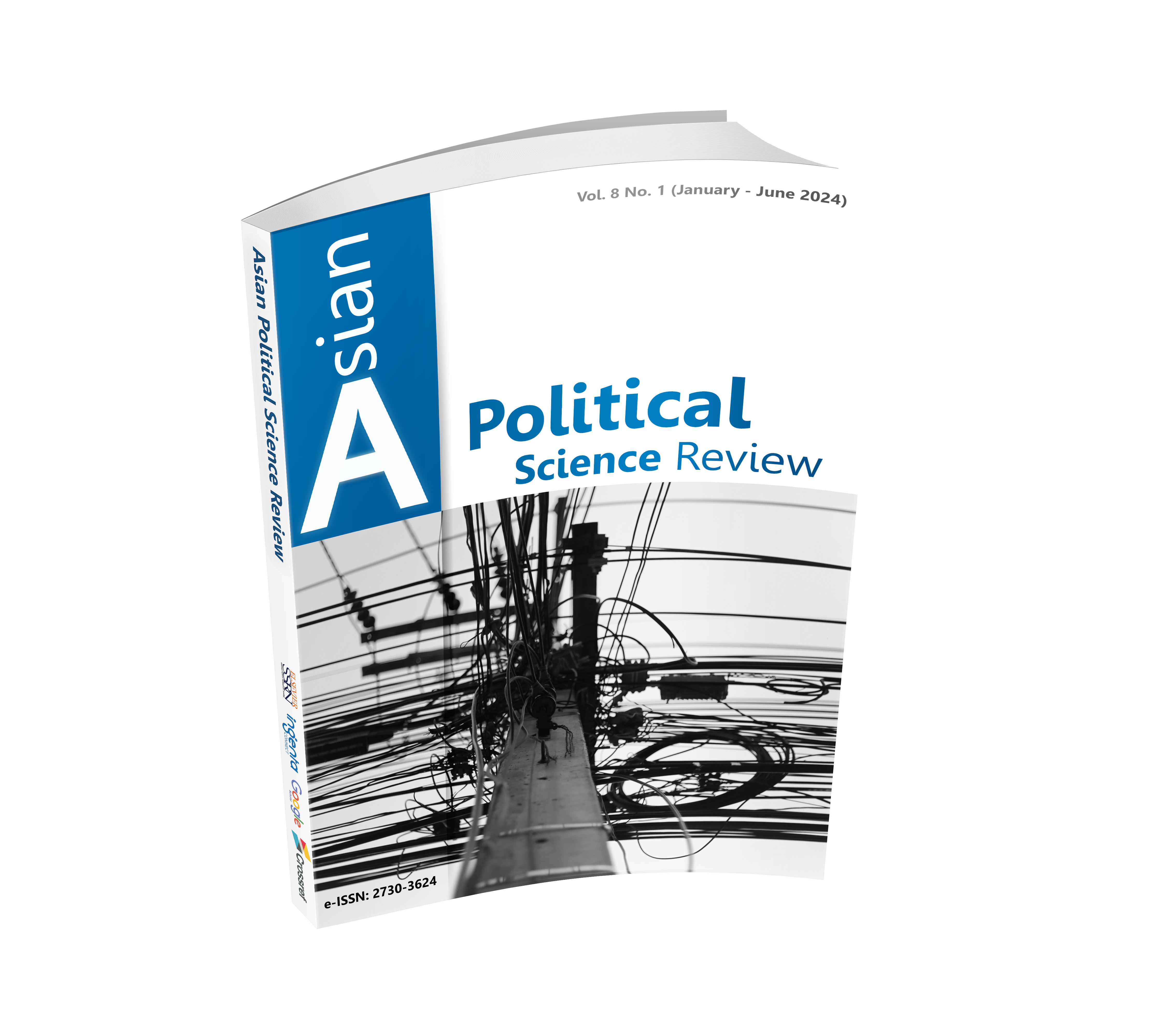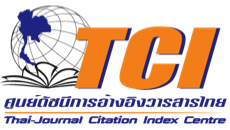STRATEGY FOR DEVELOPING THE QUALITY OF EDUCATION ACCORDING TO DEMAND THAT MEETS THE NEEDS OF MANPOWER IN THE THAILAND’S EASTERN ECONOMIC CORRIDOR
DOI:
https://doi.org/10.14456/apsr.2024.7Keywords:
Quality of Education, Manpower, Thailand’s Eastern Economic CorridorAbstract
This research aims to 1) study causal factors, 2) explore theoretical models, 3) create and validate appropriateness, and 4) evaluate strategies. The research consists of three phases: 1) studying causal factors with a sample group of 460 administrators and teachers, 2) studying development strategies with seven qualified individuals, and 3) evaluating strategies with five qualified individuals using focused surveys. The findings revealed that the causal factors for strategic implementation were future industries and potential existing industries, in that order. The educational objectives consisted of five aspects: family factors, school factors, personal factors, economic factors, and social factors. The direct influence, indirect influence, and overall influence in the structural equation model indicated that the variables significantly predicted the strategy for developing the quality of education in response to the objectives at a significance level of .05. Specifically, future industries and potential existing industries had a significant influence on the strategy for developing the quality of education in response to the objectives. The confirmatory factor analysis confirmed that the model for measuring the strategy for developing the quality of education in response to the objectives was structurally accurate. The evaluation of appropriateness and feasibility indicated a high level of both factors.
Downloads
References
Chairat, K. (2021). Concept of S-Curve at the Macro and Micro Level Case Study of the New S-Curve: Aviation and Logistics Industry. RMUTK Journal of Liberal Arts, 3(1), 99-111.
Eastern Economic Corridor Office of Thailand. (2018). Overall Development Plan for the Eastern Economic Corridor (2017-2022). Retrieved from www.eeco.or.th/th/filedownload/1478/cf4092afd2456bb1f03995574db27a75.pdf.
Hair, J., Anderson, R., Babin, B., & Black, W. (2010). Multivariate Data Analysis: A Global Perspective. 7th ed. New Jersey: Pearson.
Khowchernklang, J. (2021). Education Provision Strategies to Respond to Manpower and Learner’s Demands for Education in Eastern Economic Corridor. Doctor of Philosophy Thesis, Chulalongkorn University.
Ngaopatcha, C. (2020). The Readiness of Thai Entrepreneurs in the S-Curve Sectors to Support the Thailand 4.0 Era. Master’s Thesis, Ramkhamhaeng University.
Poompruk, C., & Erbim, N. (2021). Market Equilibrium in the New S-Curve in Thailand Affected by the Digital Transformation. RMUTT Global Business and Economics Review, 16(2), 185-198.
Schumacker, R., & Lomax, R. (2010). A Beginner's Guide to Structural Equation Modeling. 3rd ed. London: Routledge.
Srisa-ard, B. (2011). Preliminary Research. 9th ed. Bangkok: Suviriyasarn.

Downloads
Published
How to Cite
Issue
Section
License
Copyright (c) 2023 Authors

This work is licensed under a Creative Commons Attribution-NonCommercial-NoDerivatives 4.0 International License.











.png)


